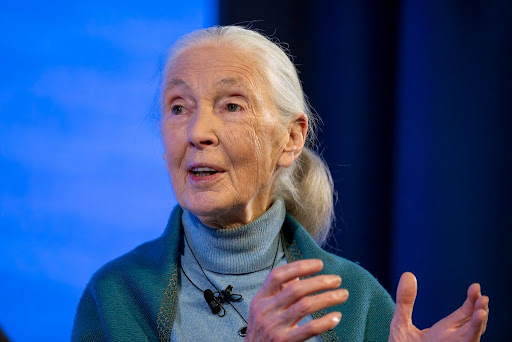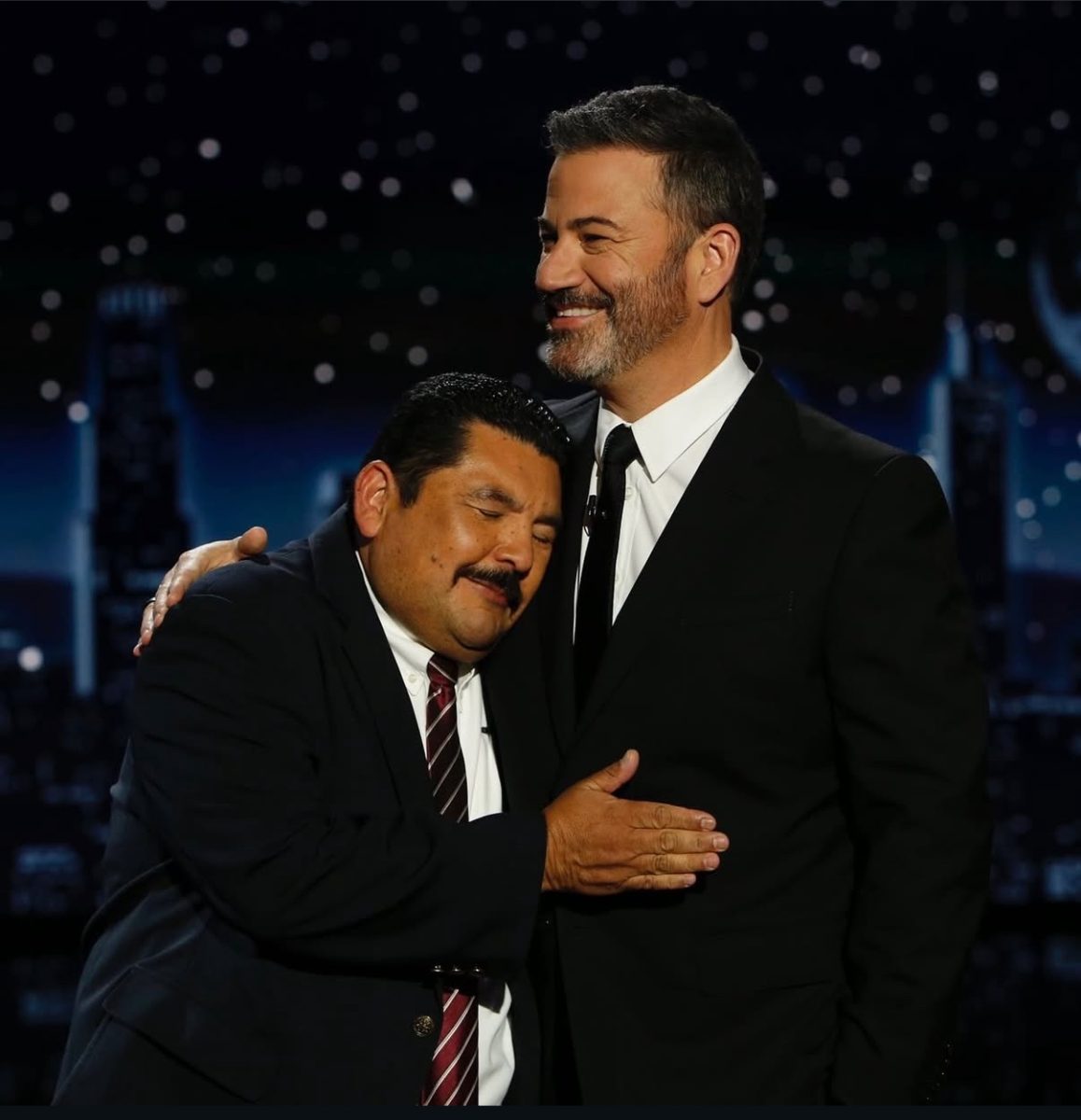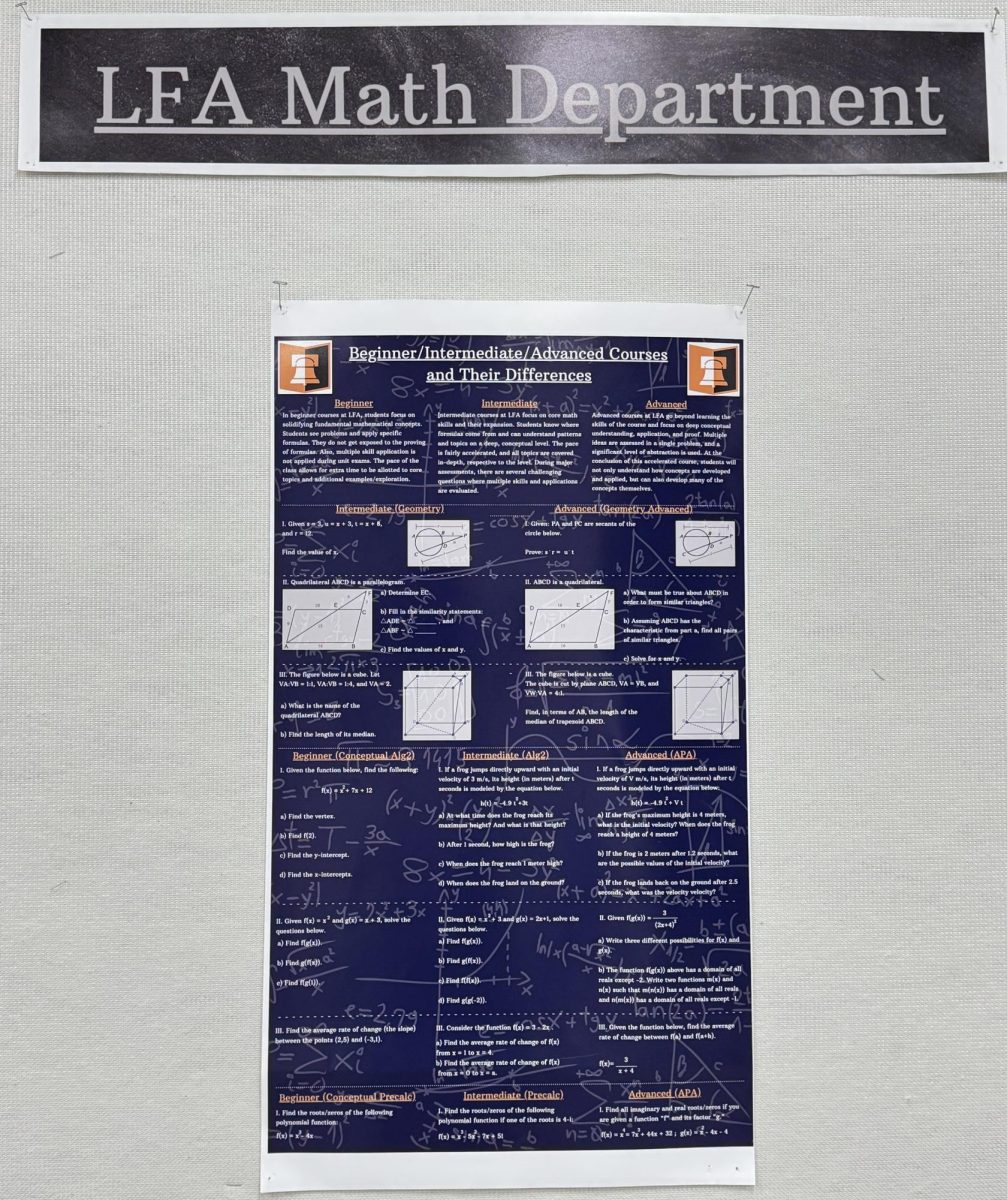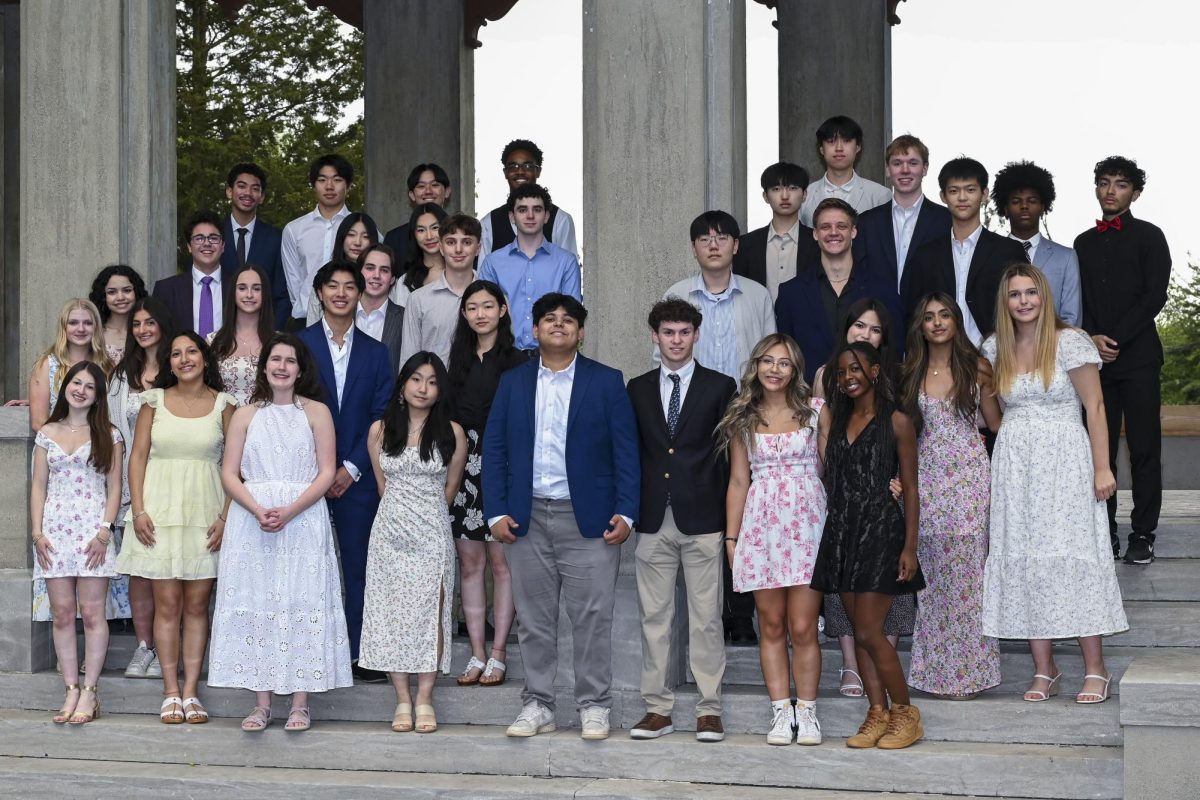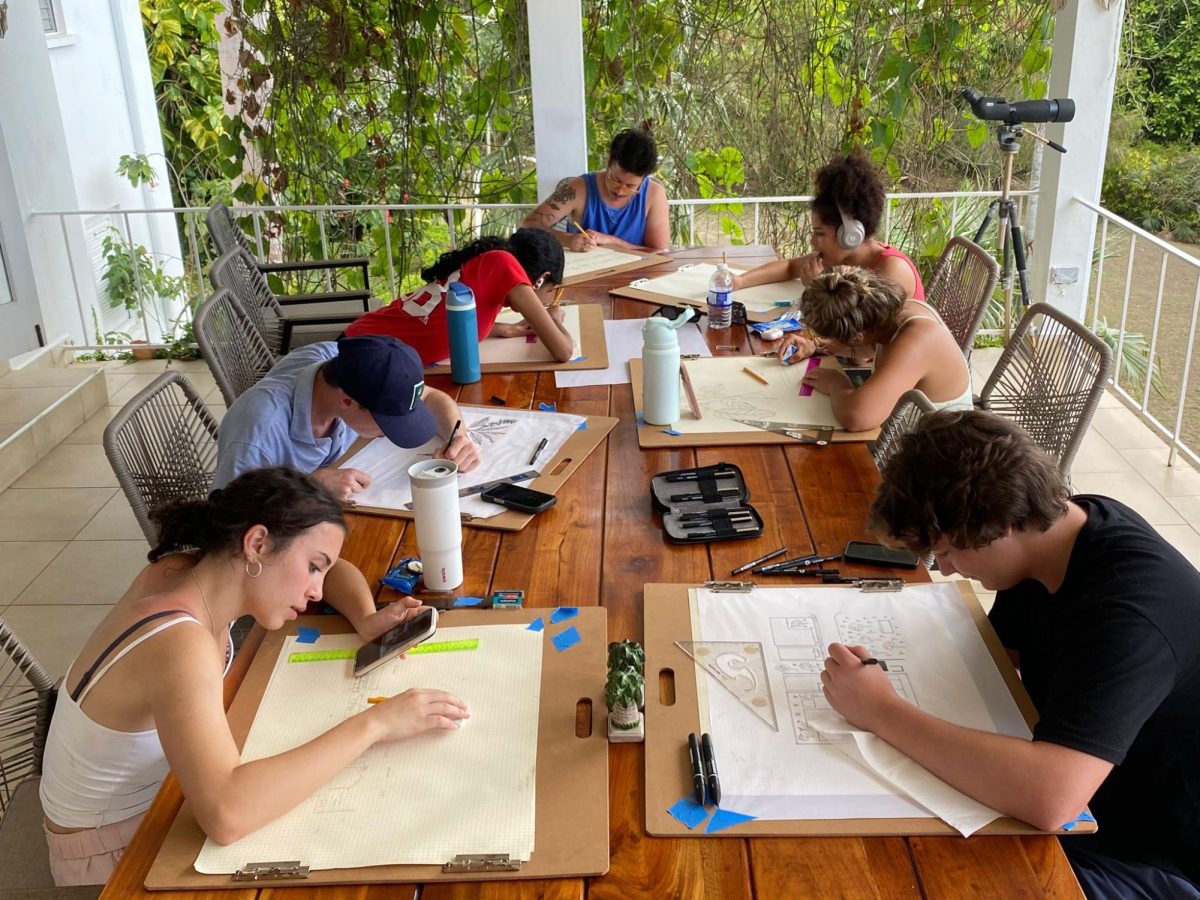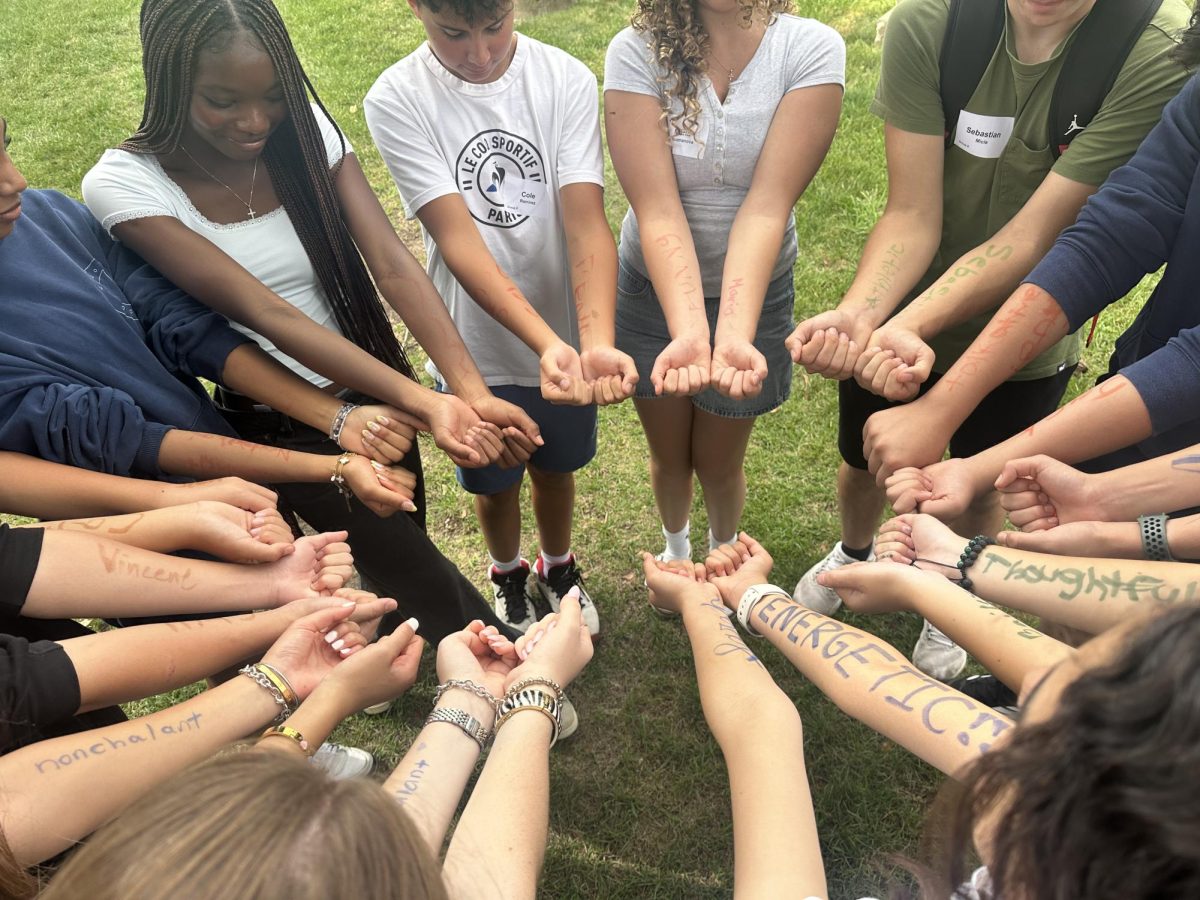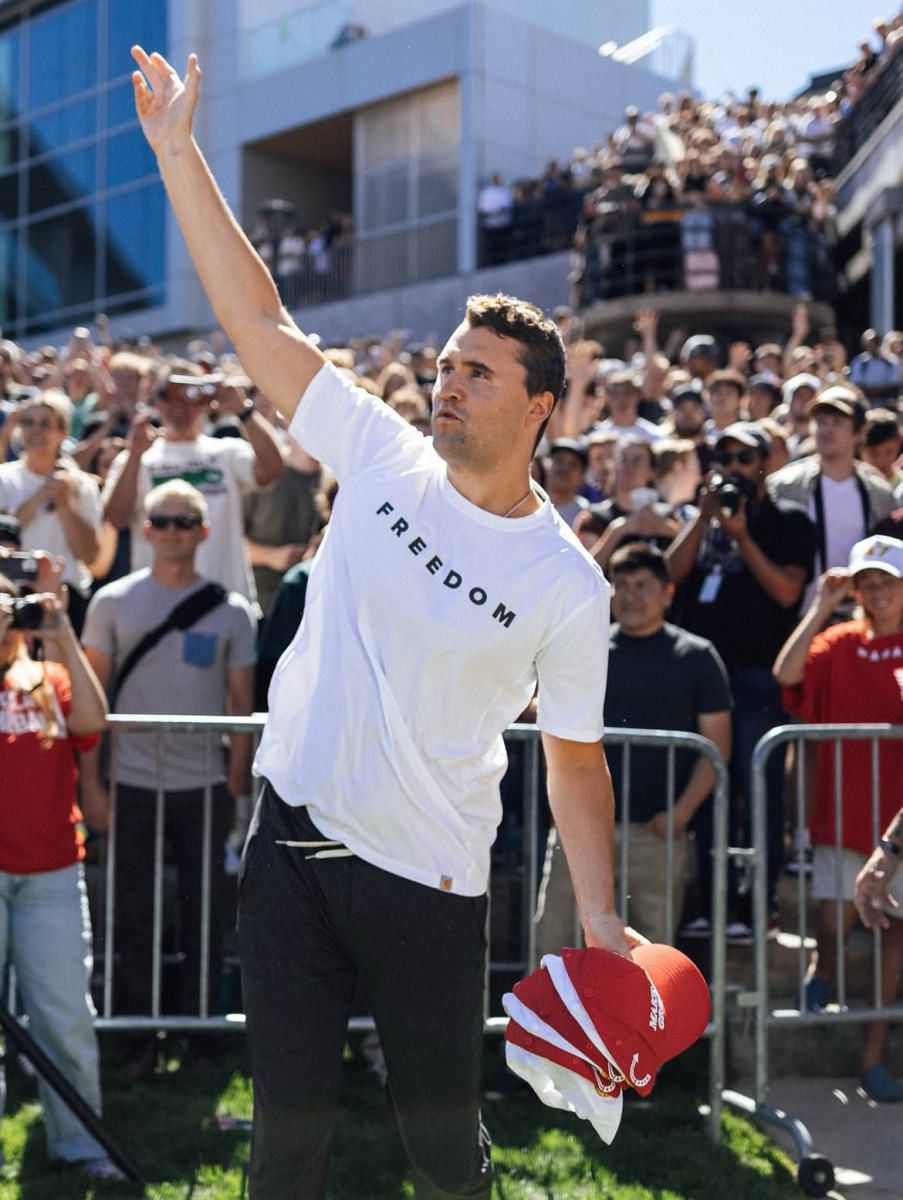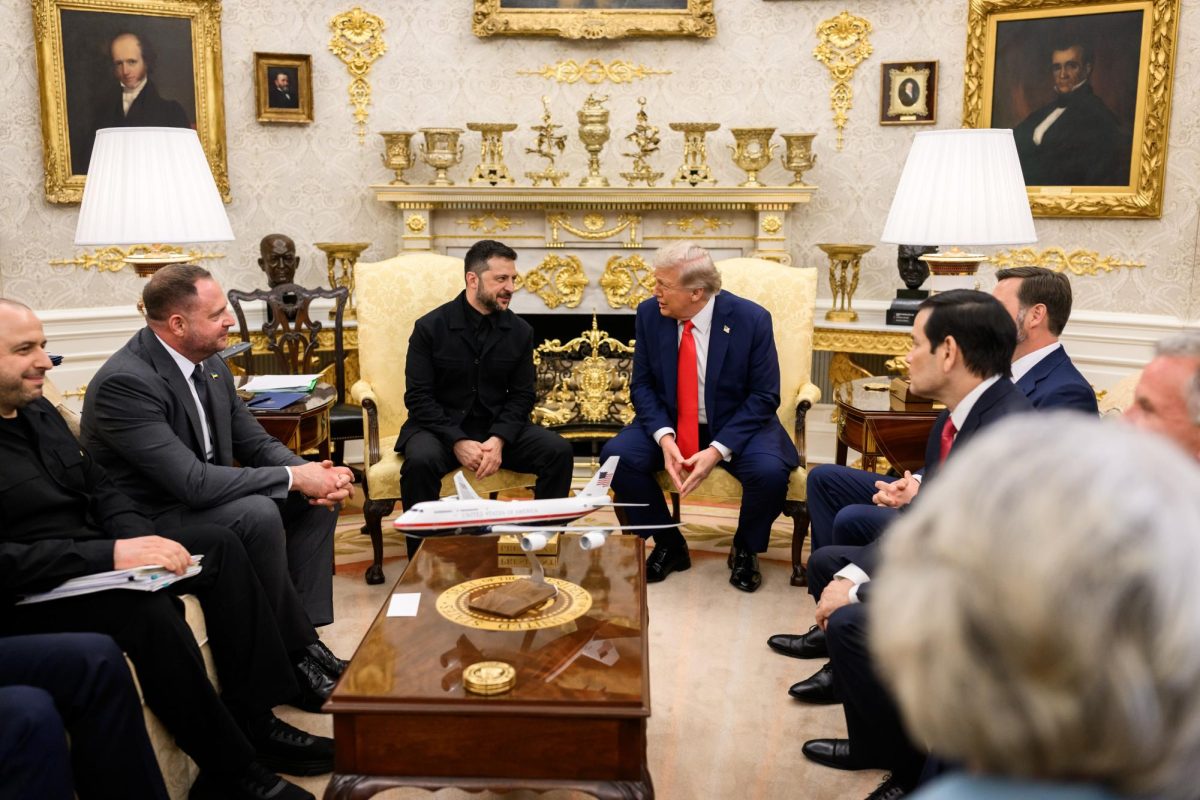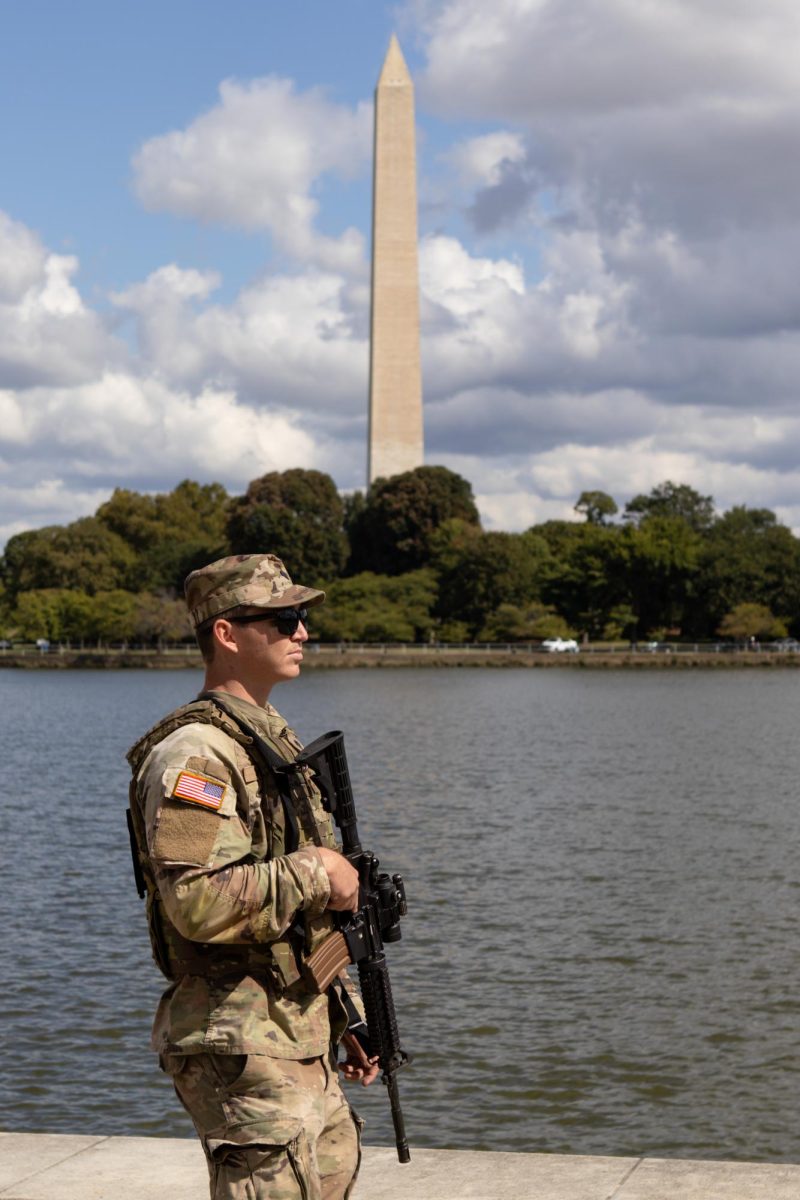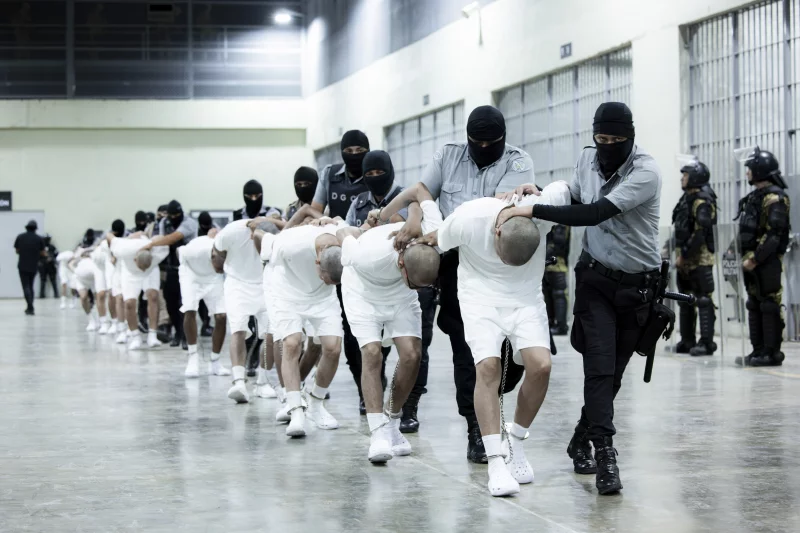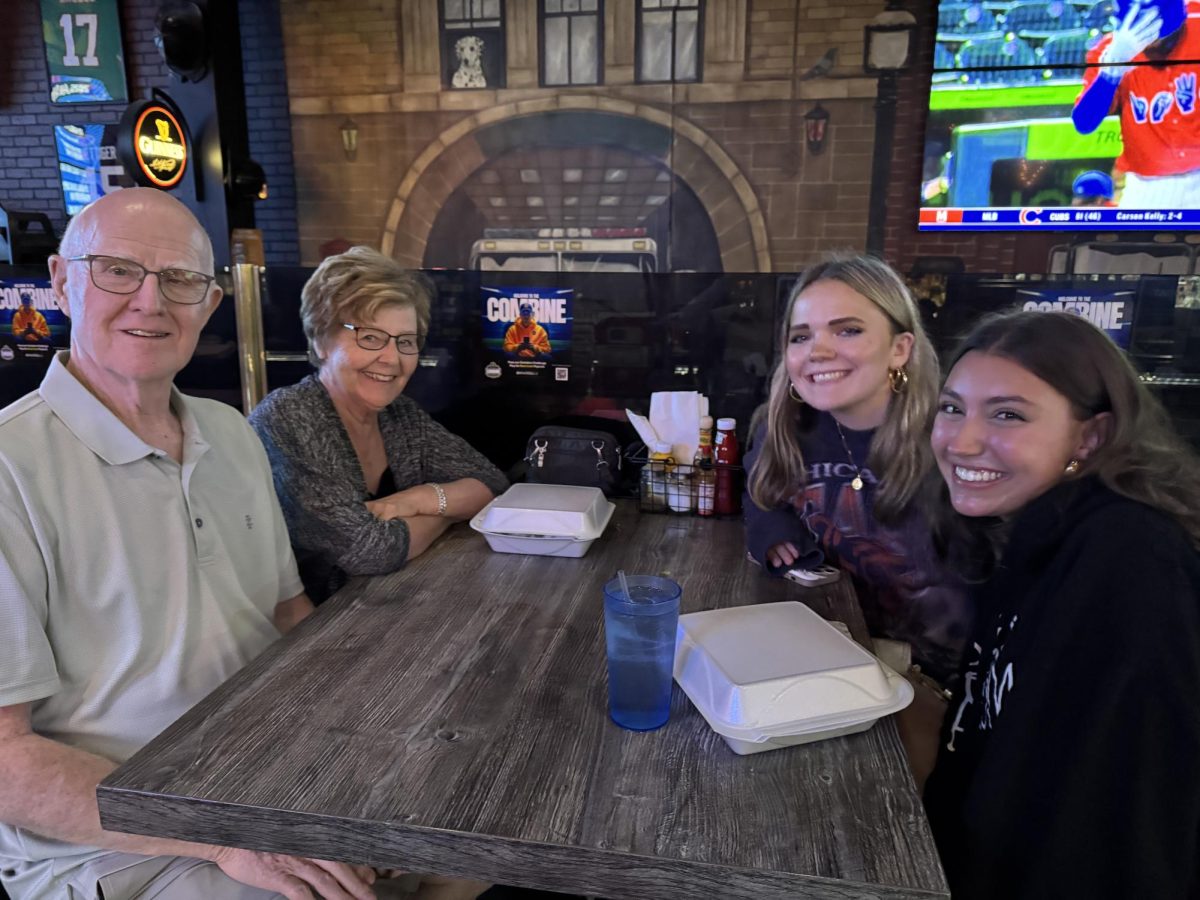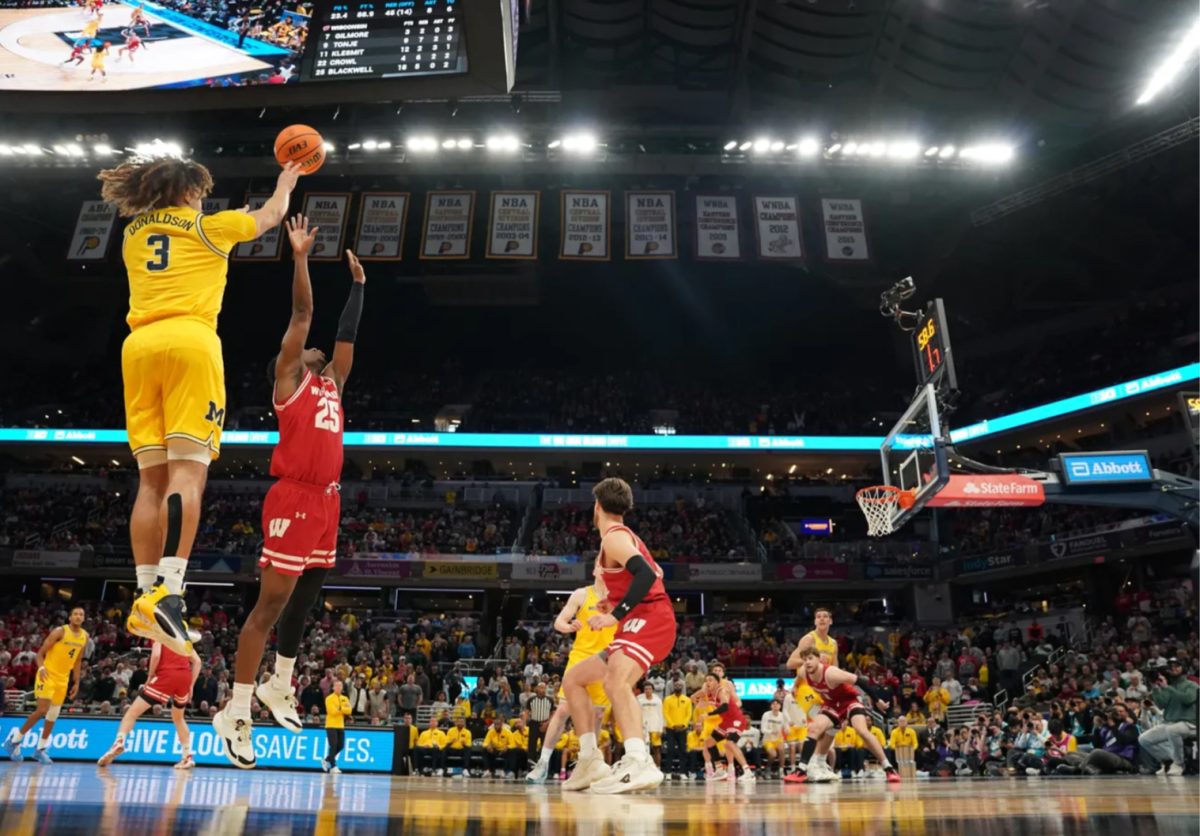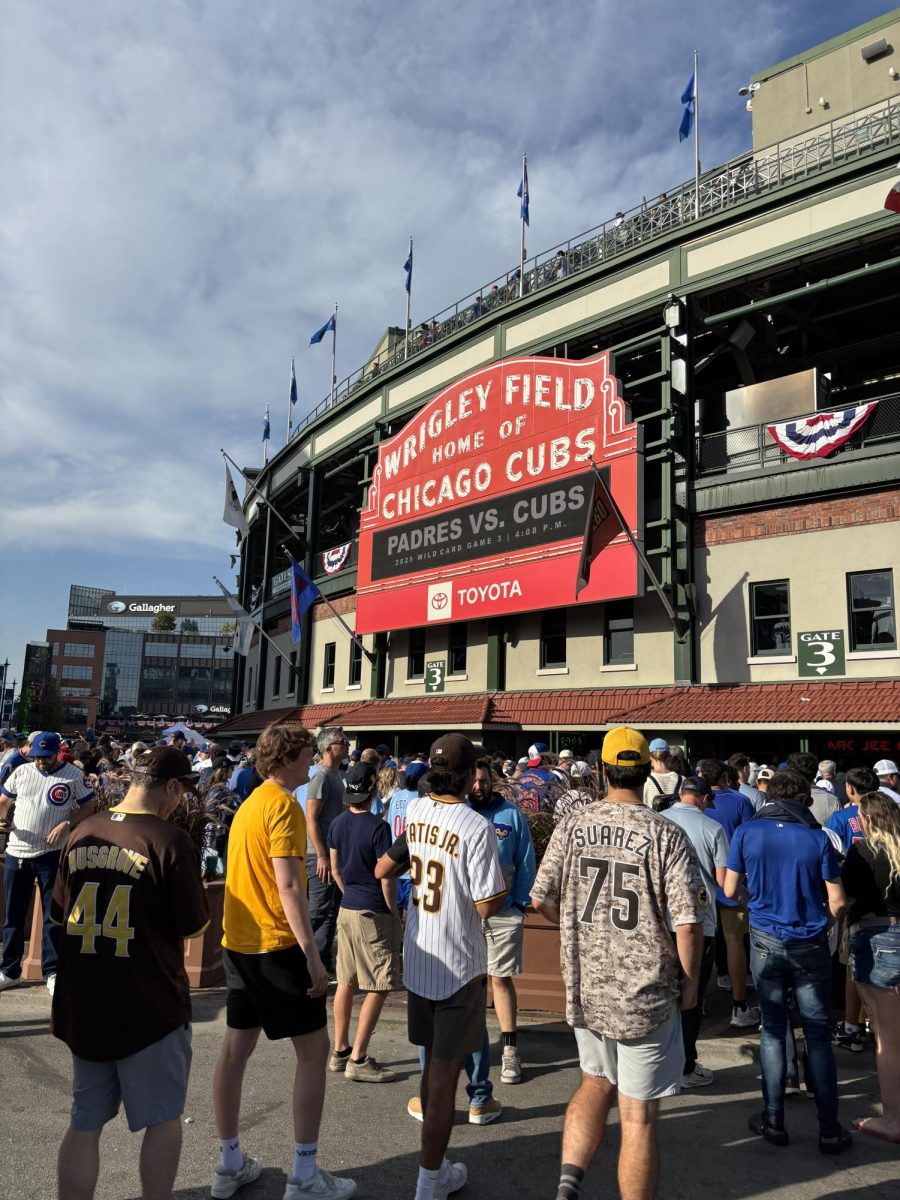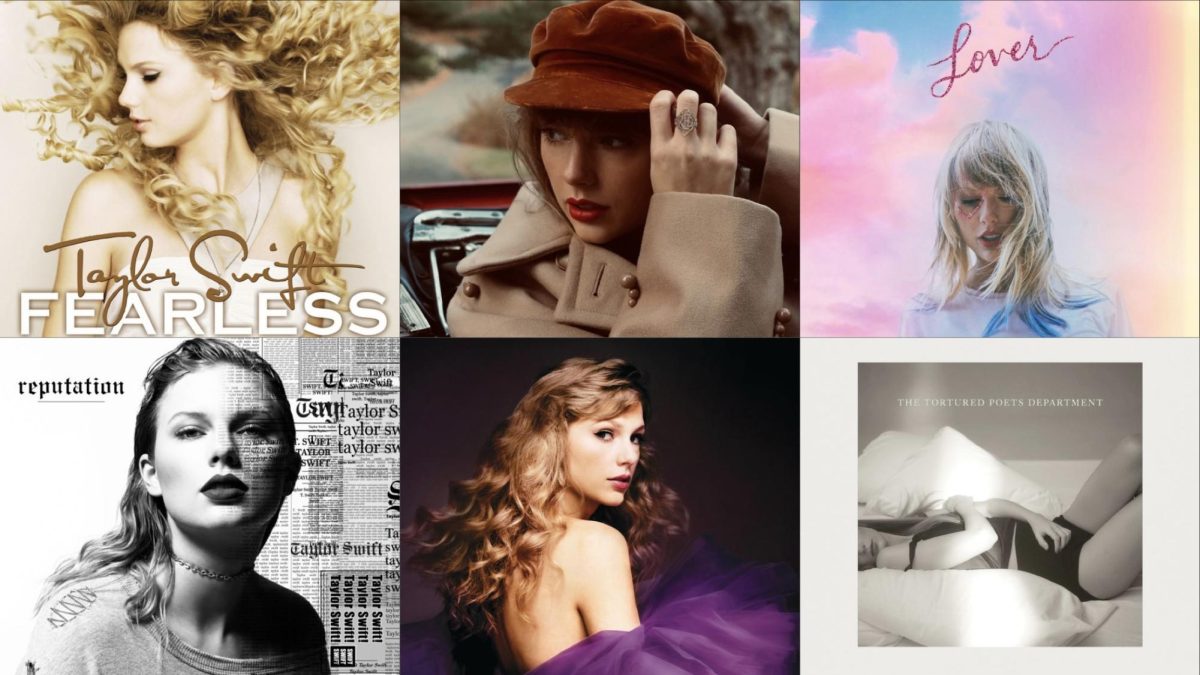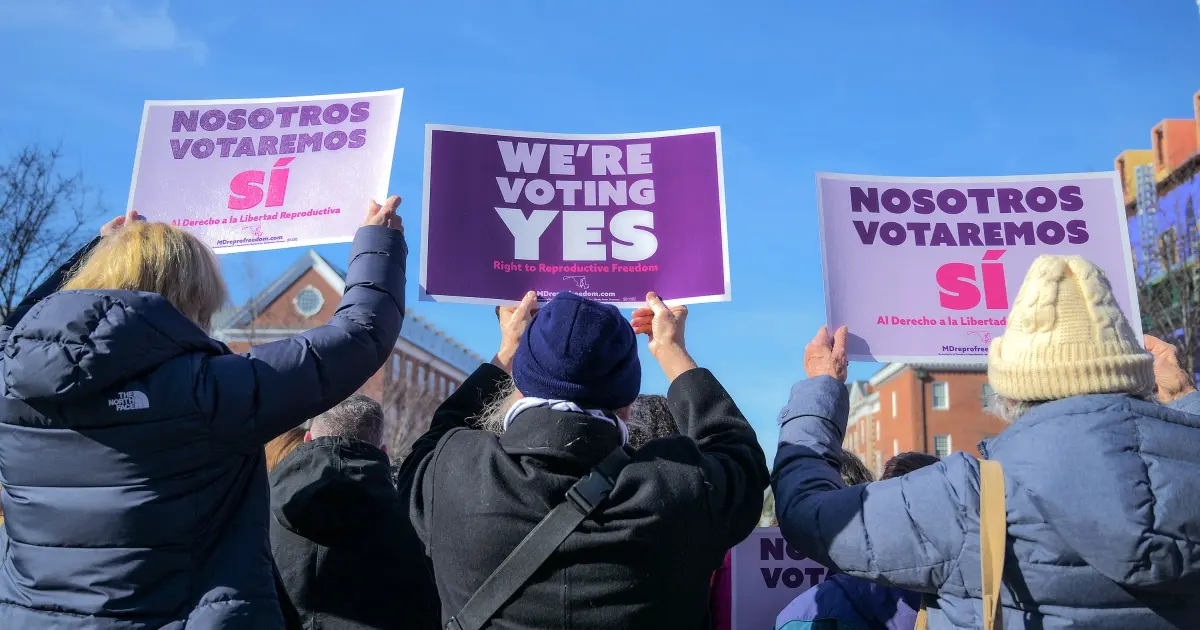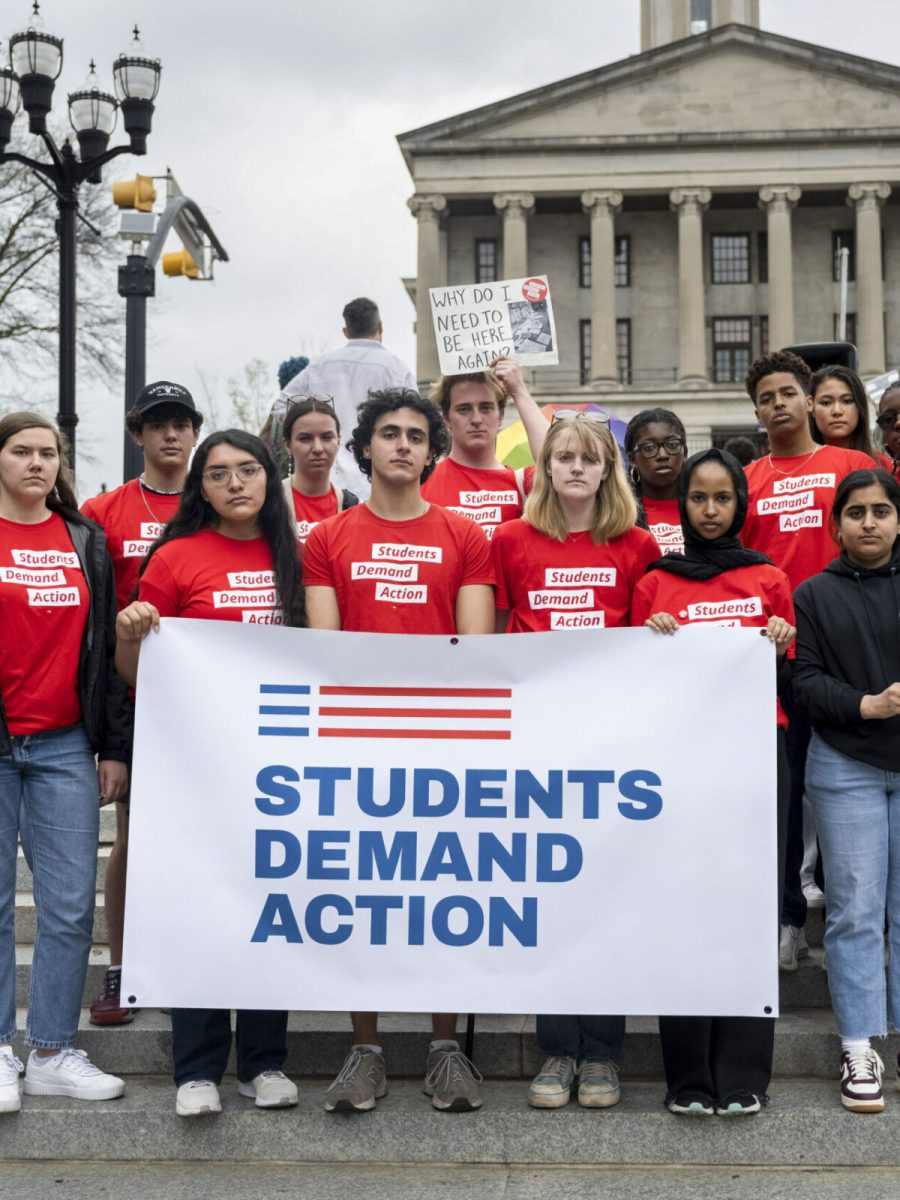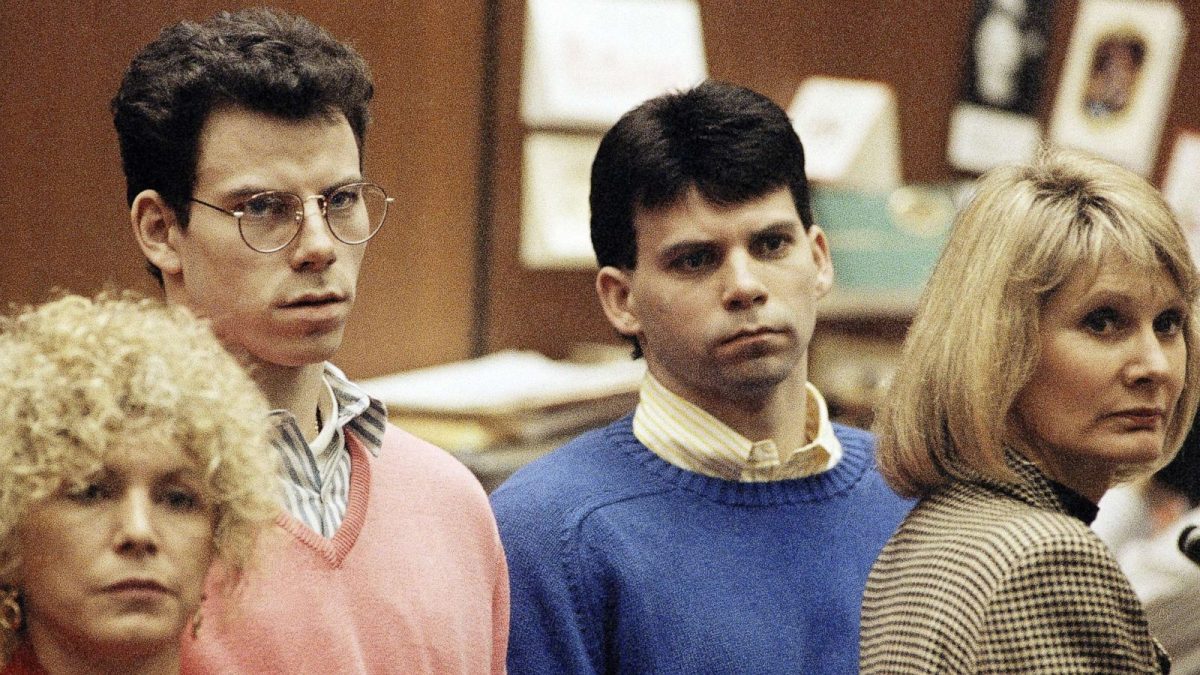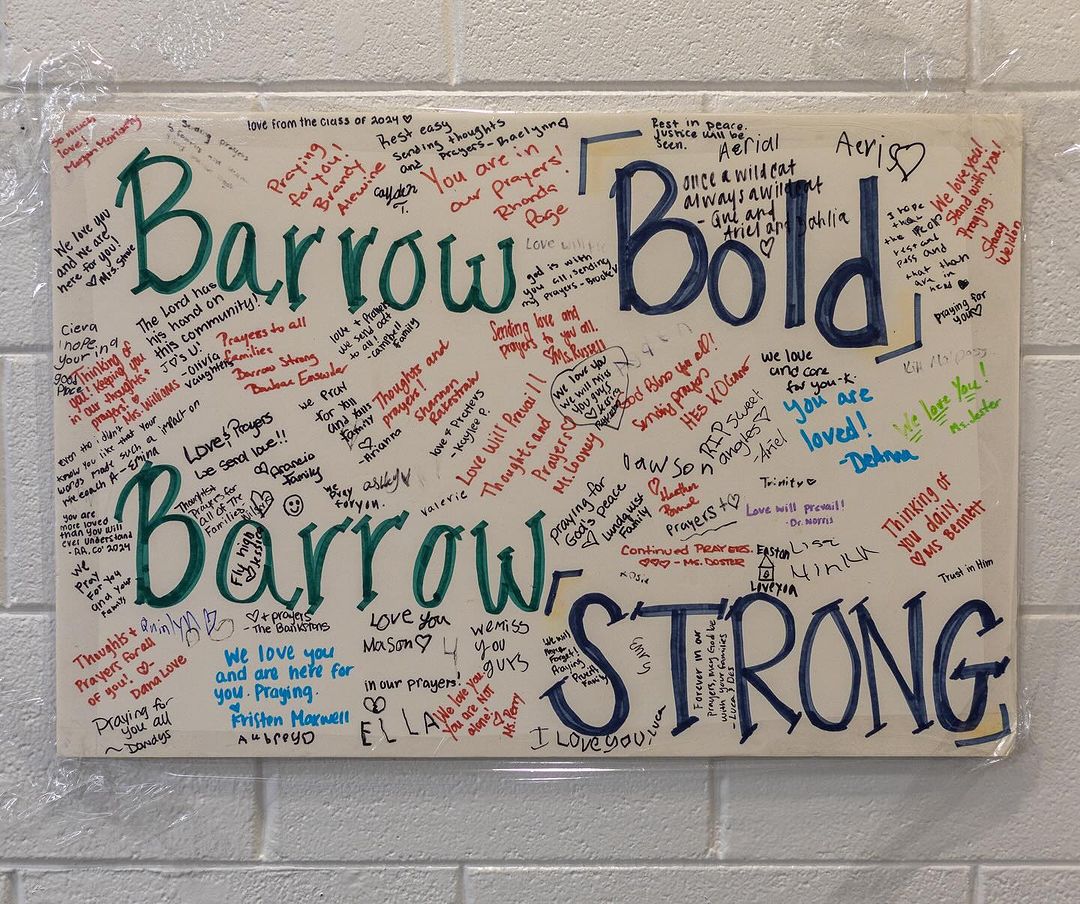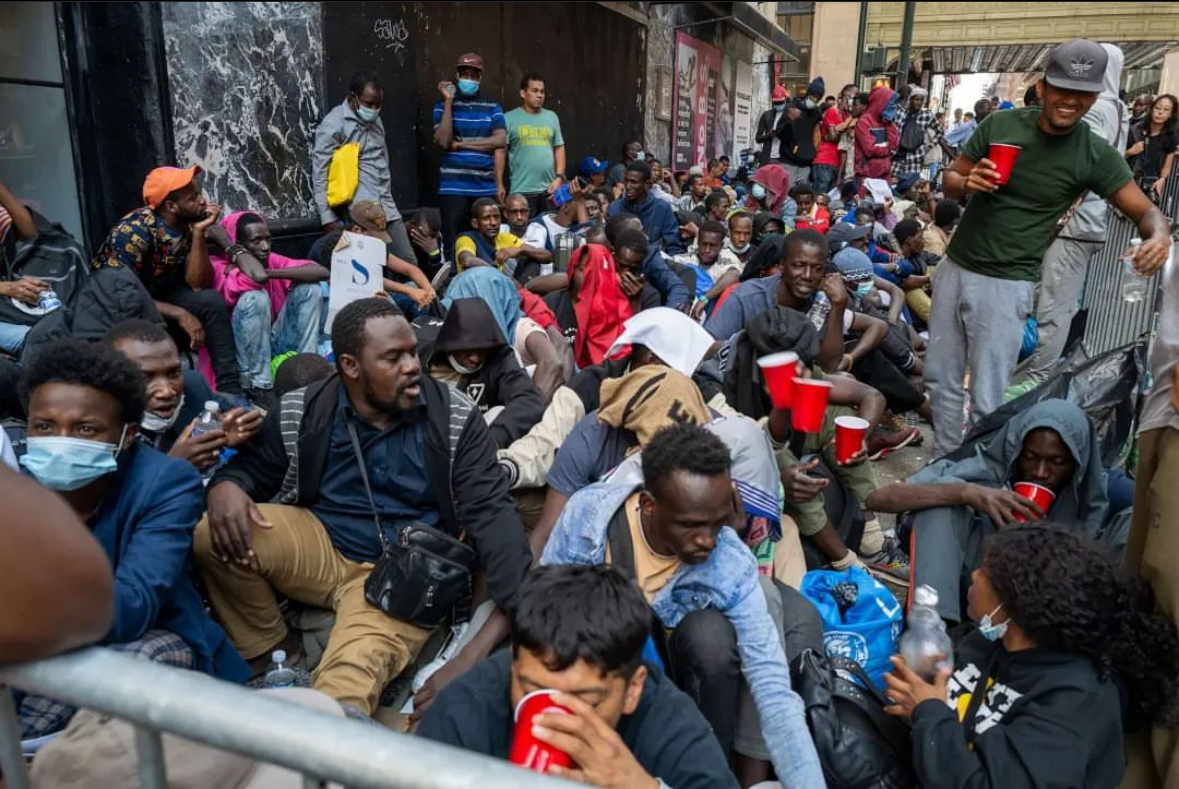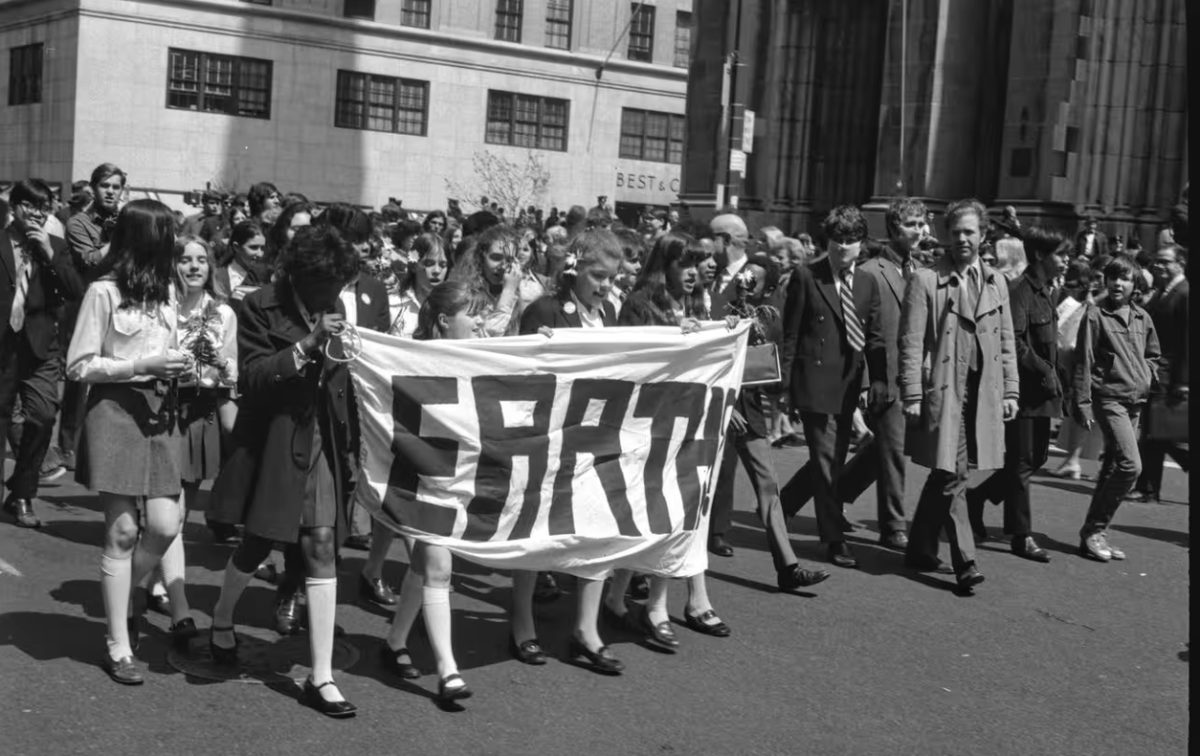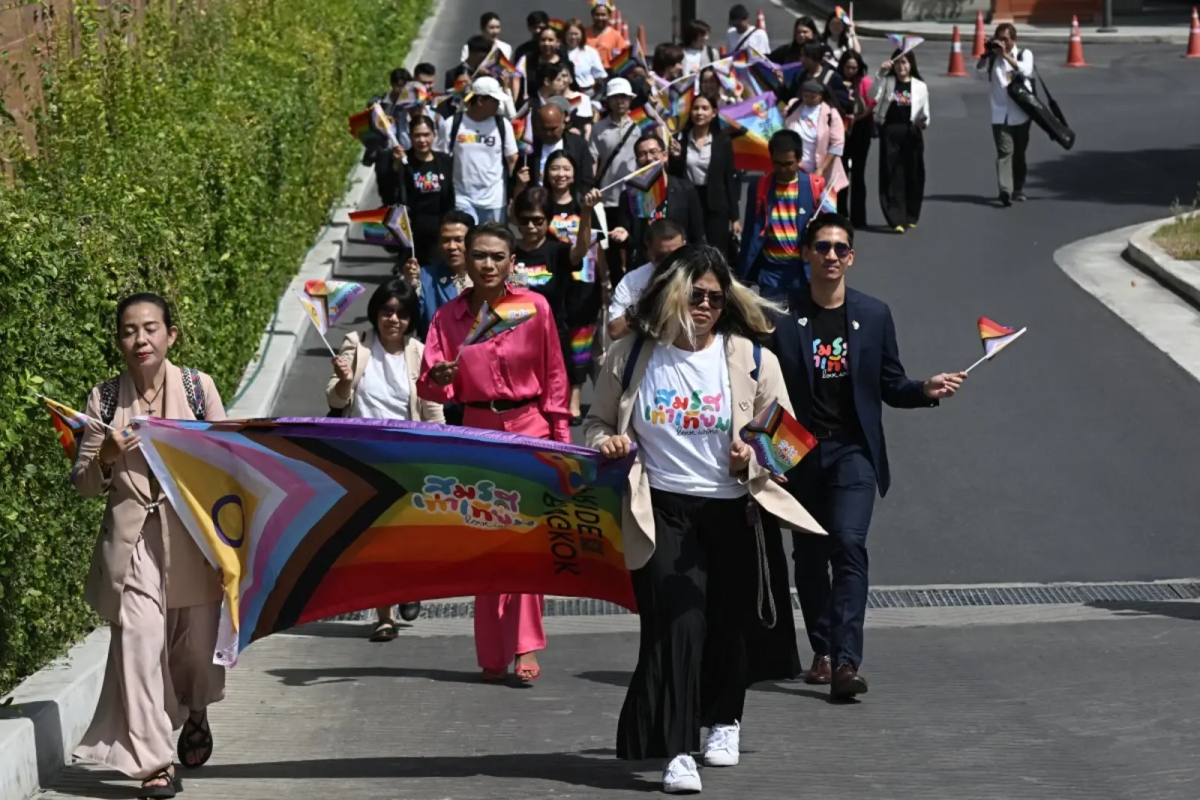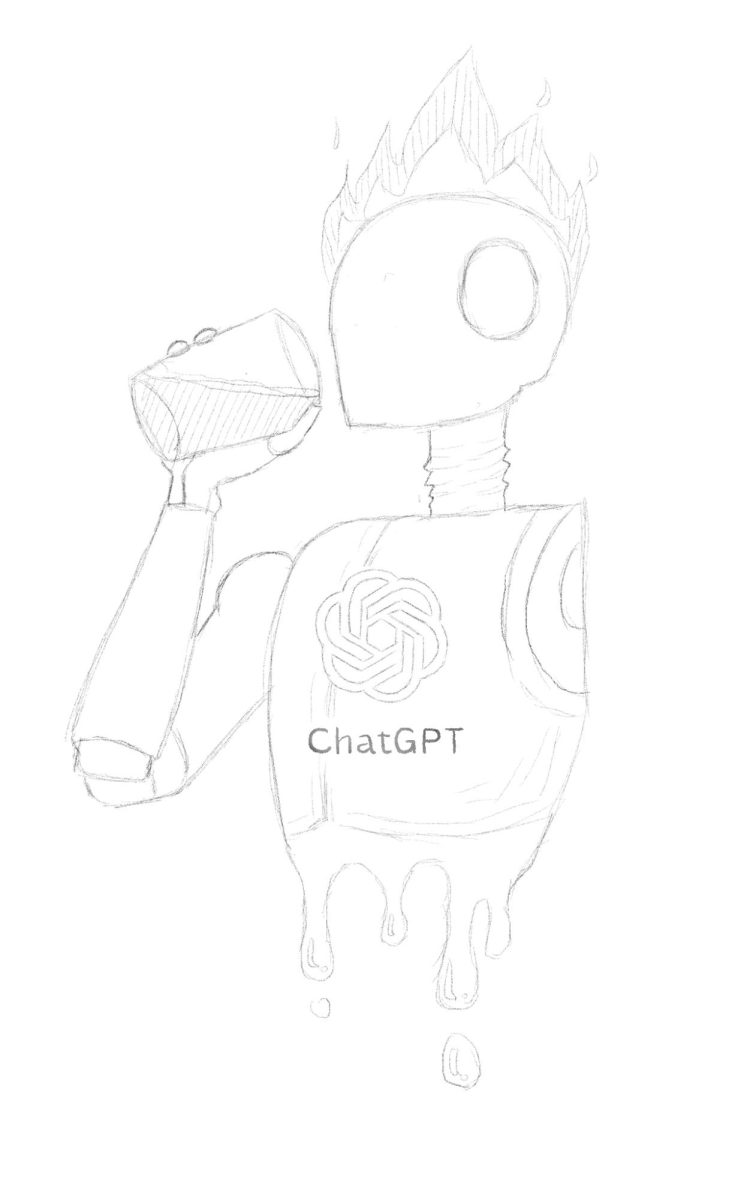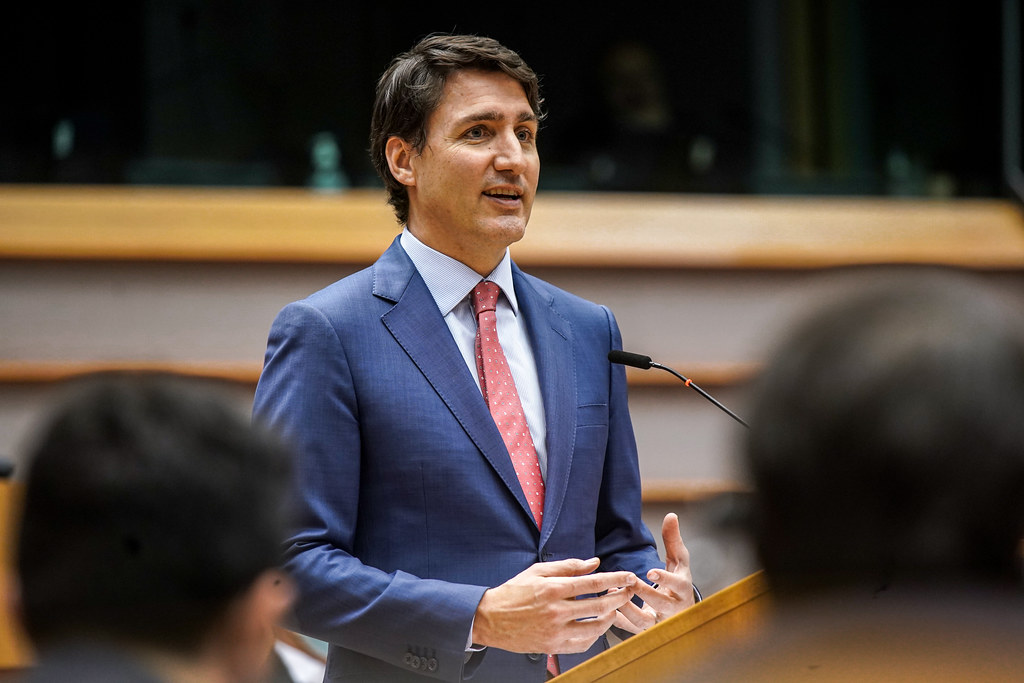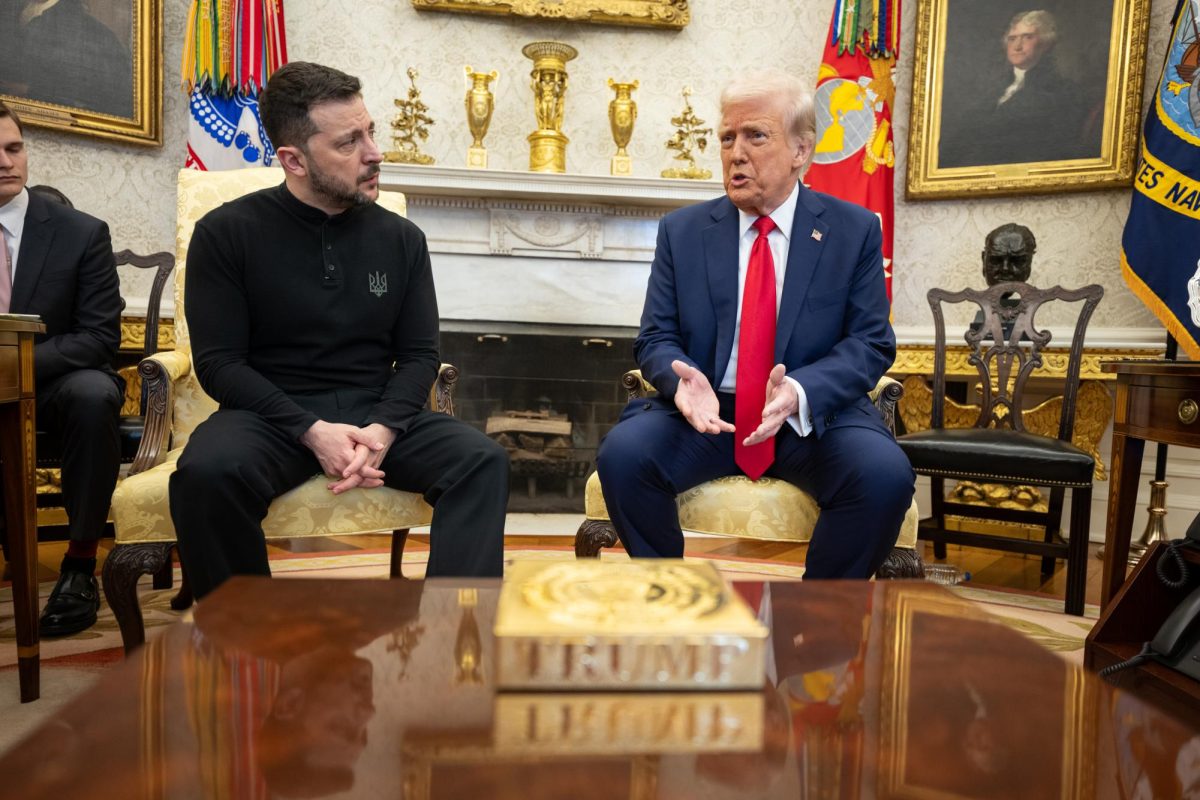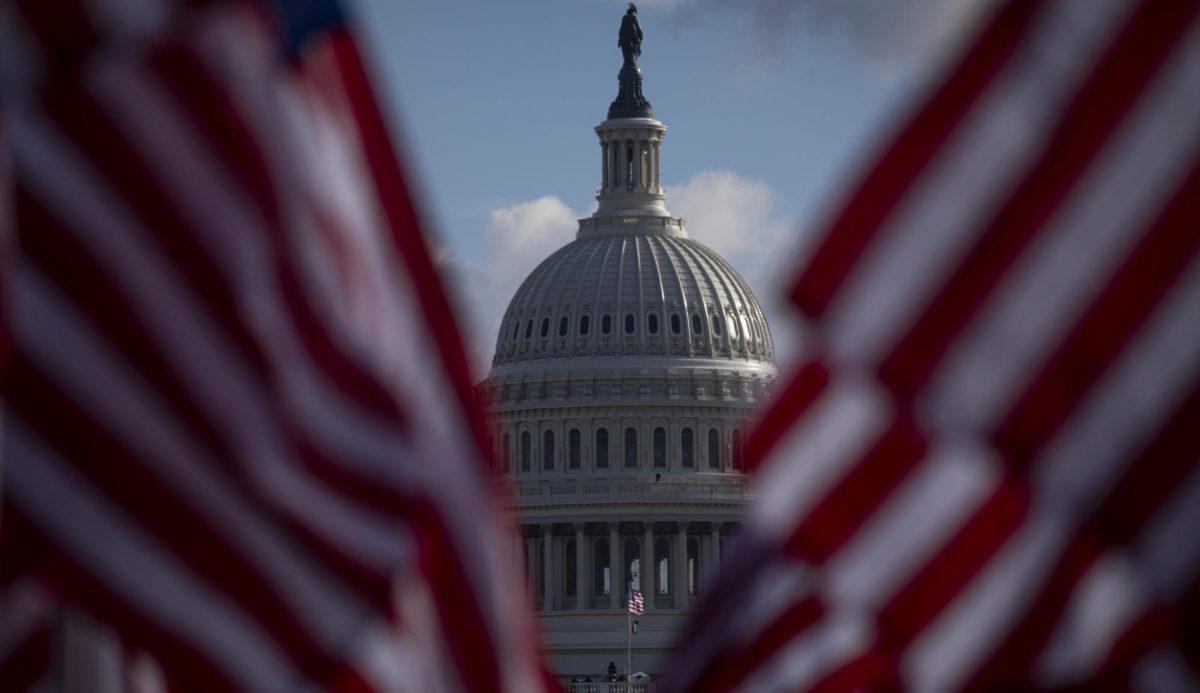With the Russian invasion of Ukraine stretching into its fourth year, Ukrainian President Volodomyr Zelenskyy met with President Donald Trump and Vice President JD Vance in the Oval Office on February 28 to discuss a potential end to the war and the United States’ role in continuing to send aid – mostly military equipment – to the country. Very quickly, however, talks between Zelenskyy and Trump deteriorated.
Earlier in February, White House officials met with Russian officials in Saudi Arabia without Ukrainian representatives present to discuss what would be required to bring the conflict to a close. The move to exclude Ukraine from the talks increased tension between Trump and Zelenskyy as the two presidents met in the White House to discuss the signing of a minerals deal that would allow the U.S. partial access to Ukraine’s mineral deposits in return for security guarantees.
The U.S. also joined 17 other countries in refusing to pass a United Nations resolution condemning Russia’s invasion of Ukraine just days before the meeting was set to take place.

Though the public event started cordially, following Trump’s remark that he needed to “align with both of them [Russia and Ukraine]” and Zelenskyy responding by detailing past Russian invasions of Ukraine, things flew off the rails.
Vance told Zelenskyy that he should be “thanking [Trump] for trying to bring an end to this conflict” and accused him of attacking the administration. Zelenskyy replied by stating that the U.S. “has a nice ocean and you don’t feel [the war] now, but [it] will feel it in the future.” Trump and Zelenskyy began to talk over each other, with the former accusing the latter of “gambling with World War III.”
In response to a journalist asking what would be done if Russia violated a potential ceasefire agreement (which Zelenskyy had earlier mentioned as something Russian President Vladimir Putin had done in the past), Trump blamed former Presidents Joe Biden and Barack Obama for not yielding Russia’s respect.
At the end of the meeting, Trump told Zelenskyy to “make a deal or we’re out,” saying that it “wouldn’t be pretty” if the U.S. stopped providing aid. As he stopped it, Trump commented that he believed the meeting would “be great television.”
The hostility of the meeting drew international attention, with European leaders such as French President Emmanuel Macron and Spanish Prime Minister Pedro Sánchez reaffirming their nations’ support for Ukraine. Days later, several European Union heads of state agreed to an €800 billion ($875 million) spending package to strengthen Europe’s collective defensive and military infrastructure.
Following the firefight, the Trump Administration suspended all military aid to Ukraine, with Trump himself proclaiming that Ukraine was “more difficult” to work with than Russia. The U.S. also paused sharing intelligence with the country. Two weeks after the meeting, negotiations resumed. On March 12, the U.S. and Ukraine agreed to a ceasefire agreement while the U.S. resumed sharing intelligence with the Ukrainian military.
In an interview with Russian magazine International Affairs Journal published on April 1, Russian Deputy Foreign Minister Sergei Ryabkov said that the terms of the ceasefire could not be accepted “as they are now,” adding that Russia “had not heard a signal from Trump to Kyiv to end the war.”

